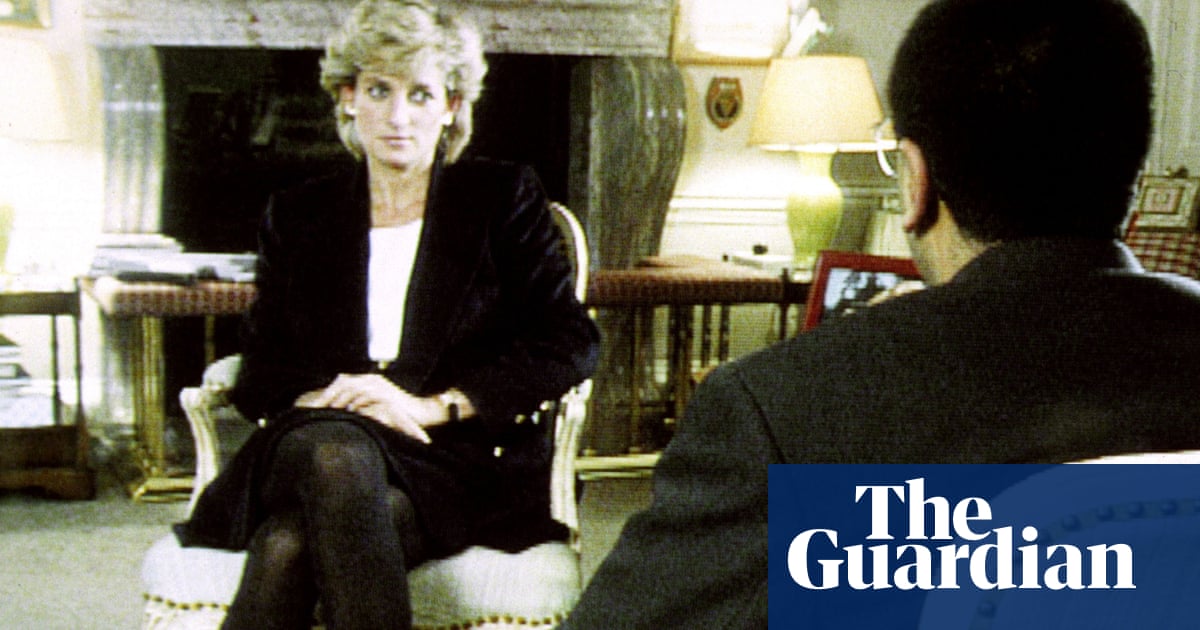It may only be February, but if Broken Rage doesn’t end up as the strangest show of the year I’ll be staggered. A one-hour, one-off, two-part episode that repeatedly mines the same material for different genre beats, Broken Rage is probably best described as an intermittently successful head-scratcher. It could also only have come from the mind of Takeshi Kitano.
Kitano is the consummate Japanese multi-hyphenate. A comedian who has been a household name since the 1970s, he also hosted Takeshi’s Castle. He has written books, designed video games and starred in everything from Merry Christmas Mr Lawrence to Battle Royale. Outside Japan, however, he is best known for writing, directing and starring in hard-boiled crime films such as Violent Cop, Sonatine and Outrage.
Now 78, Kitano is at the stage where one wants to look back and recontextualise things. As such, Broken Rage is an effort to marry all the various threads of his career into a cohesive whole. But when those threads include knockabout family gameshows and shockingly violent dramas, it makes sense that the resulting work might not be particularly elegant.
Kitano’s solution is to basically slice himself in half. Broken Rage is the story of an elderly hitman who picks up envelopes at a city cafe, then takes out targets as coolly as possible. The first hit we see takes place in a nightclub, where he pulls a gun from his jacket and shoots a succession of men without flinching. One day he gets sloppy and is caught, but the police offer him an escape route. If he is willing to pose undercover as a gangster’s bodyguard, and his work leads to an arrest, they’ll set him free. For 30 minutes we watch the spare, taut story play out. It is formulaic, but gripping nonetheless.
Then comes the weirdness. As soon as the story ends, it begins again identically. Same hitman, same city, same cafe. But something is off. The hitman sits down at a table, and his chair collapses. He takes the envelope, goes to a club, and pulls the gun from his jacket back to front. Moments later he trips up some stairs, then accidentally sets his apartment on fire.
So you see what’s happening here? The second half is the same story as the first, but played for laughs. Everything is heightened, and everyone is about 30% stupider than in the first half. It’s as if you are watching Woody Allen’s Melinda and Melinda, or Zero Hour! and Airplane! back to back. And it’s fair to say that your mileage may vary.
For Broken Rage to work perfectly, both the dramatic and comedic versions need to play to their highest possible strengths. The drama needs stakes, suspense and visceral crunch. The comedy, meanwhile, needs to actually be funny. You could argue that neither side quite delivers. There are moments where the dramatic side sags, as if you are simply watching the bare framework for what’s to come. And then the comedy side just seems to be a long procession of fairly tortuous slapstick. It’s essentially a lot of people either falling over, or sitting down and falling over, or hitting themselves in the balls, going cross-eyed and then falling over.
Over time, though, it does find ways to get sillier. The off-screen narration of a letter turns out to be coming from an odd little man hiding inside a holdall, who unzips and excuses himself at the end. Some police officers – one played by Shōgun’s wonderful Tadanobu Asano – embark on a bizarre sword-swallowing routine. There is an incredibly long musical chairs interlude. Someone dresses as a bat for less than a second.
Now, there is a chance that I am not best placed to understand all the hidden cultural references here. It might be the case that Japan has a long and proud tradition of satire based on hiding odd little men inside holdalls and that, had I been aware of this, Broken Rage would have instantly become about 50 times funnier. But, based purely on what my brain can understand, it’s a decidedly patchy affair.
Which isn’t to say that it’s not charming. Quite the opposite, in fact. Some of the jokes in the second half are so bad that you end up feeling a weird sense of affection for them. Perhaps this is because it is such a singular project. For better or worse, this is Kitano through and through, and you can’t fault it in terms of sheer expression. Broken Rage might be a failed experiment, but you have to be grateful it exists.

.png) 2 months ago
25
2 months ago
25













































